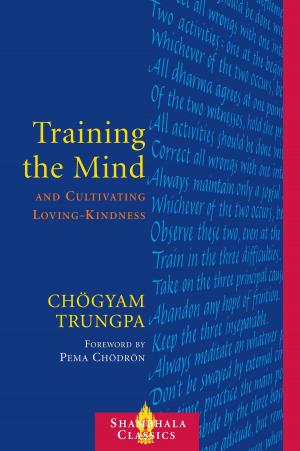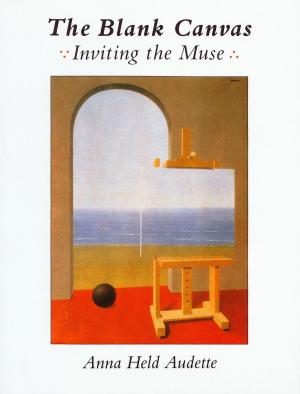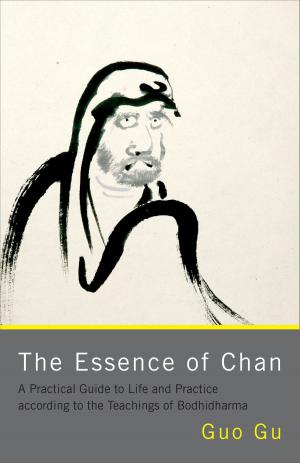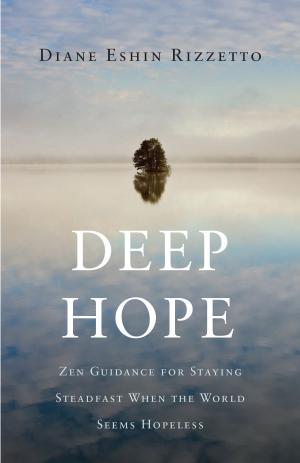Ornament of Reason
The Great Commentary To Nagarjuna's Root Of The Middle Way
Nonfiction, Religion & Spirituality, Eastern Religions, Buddhism, Philosophy| Author: | Mabja Jangchub Tsondru | ISBN: | 9781559397421 |
| Publisher: | Shambhala | Publication: | April 16, 2011 |
| Imprint: | Snow Lion | Language: | English |
| Author: | Mabja Jangchub Tsondru |
| ISBN: | 9781559397421 |
| Publisher: | Shambhala |
| Publication: | April 16, 2011 |
| Imprint: | Snow Lion |
| Language: | English |
In the Root of the Middle Way, Nagarjuna presents a magical method of reasoning, inviting everyone who encounters these lucid and fearless contemplations to follow him on a journey to the heart of transcendent insight. Inspired by the Buddha's teachings on profound emptiness in the Prajnaparamita Sutras, Nagarjuna sets out to probe what appears to be the most fundamental facts of the world, challenging us to question even our most deeply ingrained ideas and what seem to be self-evident facts. In a series of unassuming and penetrating investigations, he asks basic questions such as: "What does it mean for something to occur? What is meant by 'going' or by 'coming'? Does the eye see? Does fire burn fuel? What is an example of being right? What does it mean to be wrong? Nagarjuna extends an invitation to open-minded and unprejudiced inquiry, and from his reader he asks for nothing more and nothing less than sincere and honest answers. Yet where are our answers? Once we begin to follow Nagarjuna's clear and direct steps, the gateway to the inconceivable emerges—perhaps unexpectedly. The present work contains Nagarjuna's verses on the Middle Way accompanied by Mabja Jangchub Tsöndrü's famed commentary, the Ornament of Reason. Active in the twelfth century, Mabja was among the first Tibetans to rely on the works of the Indian master Candrakirti, and his account of the Middle Way exercised a deep and lasting influence on the development of Madhyamaka philosophy in all four schools of Buddhism in Tibet. Sharp, concise, and yet comprehensive, the Ornament of Reason has been cherished by generations of scholar-practitioners. The late Khunu Lama Tenzin Gyaltsen Rinpoche, a renowned authority on the subject, often referred to this commentary as "the best there is." A visual outline of the commentary has been added that clearly shows the structure of each chapter and makes the arguments easier to follow.
In the Root of the Middle Way, Nagarjuna presents a magical method of reasoning, inviting everyone who encounters these lucid and fearless contemplations to follow him on a journey to the heart of transcendent insight. Inspired by the Buddha's teachings on profound emptiness in the Prajnaparamita Sutras, Nagarjuna sets out to probe what appears to be the most fundamental facts of the world, challenging us to question even our most deeply ingrained ideas and what seem to be self-evident facts. In a series of unassuming and penetrating investigations, he asks basic questions such as: "What does it mean for something to occur? What is meant by 'going' or by 'coming'? Does the eye see? Does fire burn fuel? What is an example of being right? What does it mean to be wrong? Nagarjuna extends an invitation to open-minded and unprejudiced inquiry, and from his reader he asks for nothing more and nothing less than sincere and honest answers. Yet where are our answers? Once we begin to follow Nagarjuna's clear and direct steps, the gateway to the inconceivable emerges—perhaps unexpectedly. The present work contains Nagarjuna's verses on the Middle Way accompanied by Mabja Jangchub Tsöndrü's famed commentary, the Ornament of Reason. Active in the twelfth century, Mabja was among the first Tibetans to rely on the works of the Indian master Candrakirti, and his account of the Middle Way exercised a deep and lasting influence on the development of Madhyamaka philosophy in all four schools of Buddhism in Tibet. Sharp, concise, and yet comprehensive, the Ornament of Reason has been cherished by generations of scholar-practitioners. The late Khunu Lama Tenzin Gyaltsen Rinpoche, a renowned authority on the subject, often referred to this commentary as "the best there is." A visual outline of the commentary has been added that clearly shows the structure of each chapter and makes the arguments easier to follow.















